The Tour of the Dragon begins (Part 3 of 3)
Race report of one of the hardest mountain bike races on the planet
In the third of the three-part series on the Tour of the Dragon 2017 race, HANAH founder Joel Einhorn shares his experience participating in what many call the world’s most difficult one-day mountain bike race. Read parts one and two.
Starting line and the first climb (Bumthang to Yutong-la)
By Joel Einhorn
I made my way down to the start line at 1:45 a.m. with my race partner. The weather wasn’t bad, it was about 50 degrees F (10 C) and rain was in the air. We all started the first climb up to 3,500 m (11,500 feet). My plan was to take it very slowly and not get caught up in the racing of the race. I took it nice and steady and I felt surprisingly good on the way up, even though rain started to fall. The temperatures also started to drop so it was about 40 degrees F (4 C) at the top of the climb, cold, raining and still pitch dark. I was slightly delirious and was finding it was hard to breathe. Luckily my partner and I had reached the first bag drop point, so we loaded up on food and clothing and started our descent as quickly as possible.
A perilous descent (Yutong-la to Trongsa)
We had been warned repeatedly by His Royal Highness Prince Jigyel about this descent. We could tell he was very uneasy about this portion of the ride in particular. It was muddy, and about 35 km (22 miles) long. And to make matters worse, the left side of the road fell sharply 3,000 feet. If you missed a turn you would not survive. We were all told to descend very slowly and be extremely cautious.
While we watched the sunrise, we spent about two hours picking our way down the extremely dangerous descent. By the time we reached the bottom, our brake pads were completely destroyed from a combination of constant braking and thick mud. For comparison, I’ve ridden on brake pads for over a year without needing to replace them. My partner’s rear brake line had snapped, and he had no rear brake. We were lucky to run into HRH and his team at the bottom of the descent. He told us not to worry, and on the top of the following climb he would leave a mechanic for us with another complete braking system.
Climbing in mud (Trongsa to Pele-la)
As we hit the second climb, we shed our clothing and fueled up. The weather was about 60 F (15 C), it was raining off and on, and the road was not a road, it was a mud bath thanks to the previous weeks of monsoon rains. I looked at the race profile that I had made and saw that this climb was to ramble on for 65 km (40 miles).
Twenty kilometers (12 miles) from the top of the climb I reached the second drop point. It felt like we had been climbing for years. There were some amazing local Bhutanese people at this stop, and they warmed us up with butter tea, rice porridge and good vibes. It was needed, as we still had a long way to reach the top of the mountain, and they were the steepest part of the climb. I figured if we averaged 10 km/hour we would reach the top in two hours. If we could make it there in good spirits and with strength left in our legs, we’d have a high chance of finishing the race.
We finally arrived to the top of Pele-La. The weather had gotten worse, in fact it was horrible-high winds and freezing temperatures. There was virtually no shelter, which made it extremely difficult to refuel and get warm clothes on. My hands were so cold that my fingers no longer worked at all. I drank a warm cup of tea from Raegan and MK, and they helped us get warmer clothes on in our state of high altitude delirium. It’s also worth mentioning that at this point, because of all the dirt, the mud and all the grit, our bikes were operating at about 75% of capacity. That’s a significant loss of efficiency. We were constantly stopping on the road to clean the drivetrain with water, and attempt to clear the disc brakes of mud. All this even after we had spent 30 minutes repairing and replacing parts on our bikes at the top of Pele-la.
Descent 2 (Pele-la to Wangdue)
Once we reached the top we fueled up and started the 40 km (25 miles) descent into the valley and prepared our minds for the final climb that was yet to come. The descent was ultra dangerous, muddy, low visibility and we experienced four different climate zones. We hurried down as fast as we could to the warm weather, racing to the sun if you will, which took about an hour. Once there, we took a quick breather, disrobed a bit and ate as much as possible. Our spirits were definitelyhigh as we finished the descent.
The never ending climb (Wangdue to Dochula)
As we crossed a small bridge and started to head up the final 50 km (30 mile) climb, I could feel my legs and they did not want to work. They were dead. It’s not uncommon for this sort of fatigue to hit at times like this. We were over 17 hours into the race, so this did not come as a big surprise. All I could do was forget about it, force it out of my consciousness and eat and drink as much as possible. I needed to focus and get into my normal climbing rhythm. This climb was going to take at least five hours, so I was going to have to simply knuckle down and push through it- and use Jedi mind tricks to keep my mind off of the pain. My plan was to divide the climb into five sections, and celebrate slightly after each 10 km. The first 10 km was fine, as was the second, but we were toasted.
This climb was like nothing I have ever seen. So massive, so steep and so long. A complete soul destroyer. With about 30 km (18 miles) left in the climb, the sun went down heavy rains started. At this point I knew that my mind would make it over the climb, I was worried about my body. My knees were doing ok, but were in some serious pain. I had rubbed them with a hot/cold ointment normally used for horses that I had purchased in Switzerland a few weeks back. This kept my knees and muscles oddly warm on the way up. I was praying that they wouldn’t give out. It’s important to mention that at this point, about 15 hours into the race, everything in your entire body is screaming to quit. Every single pedal stroke is tough, and my mind was in a very fragile state. It’s in these moments where I find a way to simply meditate through it somehow, detach from myself and let my mind wander to that hot shower that would inevitably be waiting for me. That, or breathe into a rhythm, connect that to a song, and then make up my own lyrics. This works surprisingly well.
Let’s be very clear – this is an extremely tough endeavor. At any time I could have flagged a car, given up, and gone home to a hot shower, a bowl of soup and a beer. It’s not like we were hanging off of some Himalayan wall 20 days in, or stuck in the Belgian trenches of World War I. This was a piece of cake, and that is where I knew my mind had to be in order to finish.
This climb was a beast. A soul destroying behemoth. It went on and on and on like nothing I’ve ever experienced. And the worst part was that it seemed like it was ending a half dozen times before we got to the top. False summits. It was so intense I turned off my odometer. I no longer wanted to know how much longer it was going to take. I just dug in a prepared for the hardest climb of my life.
So this went on and on for another few hours. We eventually reached the top, completely soaked, in the pouring rain and heavy fog. We had no dry clothes and we had another 40 km (25 miles) of descending to do before we hit the finish line. In the freezing cold.
The final descent – Dochula to Thimpu
We flew down the descent as fast as we could to hit the warmer weather down below. My hands and fingers were so cold that I had to shift with my elbow, and hope that they would work on the brakes. At one point we flagged down a car and borrowed puffy jackets from the passengers. This was a lifesaver.
We eventually made it to the finish line in the capital of Thimpu. It was hard to step off the bike, as I was a bit stuck in the riding position. Over 19 hours of beautiful suffering and moments that our entire team will never forget.
Raegan had a beer waiting for me, so I had a few sips and wobbled to the hotel. Hot shower, food and 12 hours of sleep later, I was sitting at breakfast trying to decipher what the hell just happened. Surprisingly my body felt pretty good and I was itching to get out in the sunshine for a recovery ride.
Of the 48 people who entered the race, 18 finished and I was the only American to do so. A few of us got together for a BBQ the following day to share war stories. It was also great to hear that many of the riders, never having seen or tried HANAH ONE before, had used all of their GoPacks during the race and to great effect. Going deep on a day like that is a perfect way to test food and supplements. You never really know what will work for you and what won’t.

Overall the race was a life changing experience and the biggest physical challenge I have ever faced. I can’t wait to do it again next year! Maybe I’ll see you there.
Clothing: Essentials
Velotoze rubber helmet cover
Velotoze rubber full length shoe cover (LIFESAVERS)
Warm Windstopper gloves
Merino neck gaiter
Windstopper headband
Knee covers
Arm warmers
Bibs and over-shorts
Merino jersey and shorts
Mesh undershirts
Cold weather jacket
Plastic thin rain jacket
Tech Essentials
Norco 29’er Hardtail MTB
Lights! Enough power for two nights
Sidi Dragon MTB shoes
Allen keys
Extra tires
Extra tubes
Vaseline

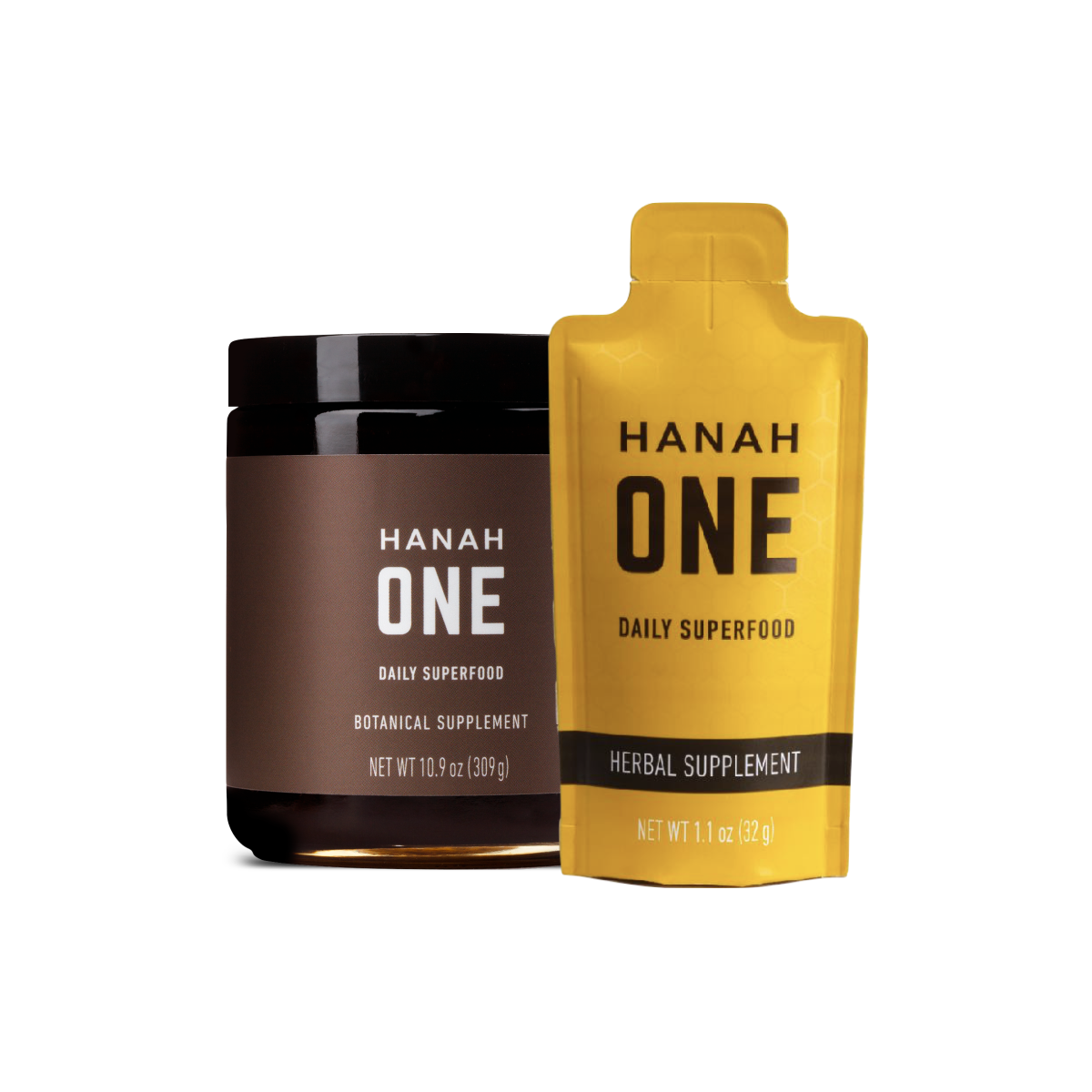
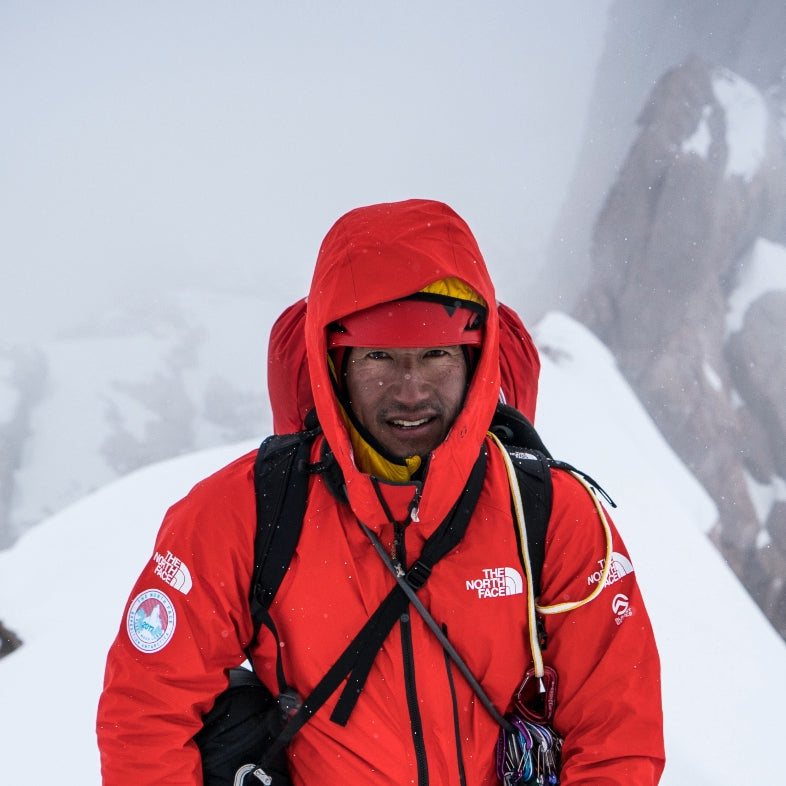
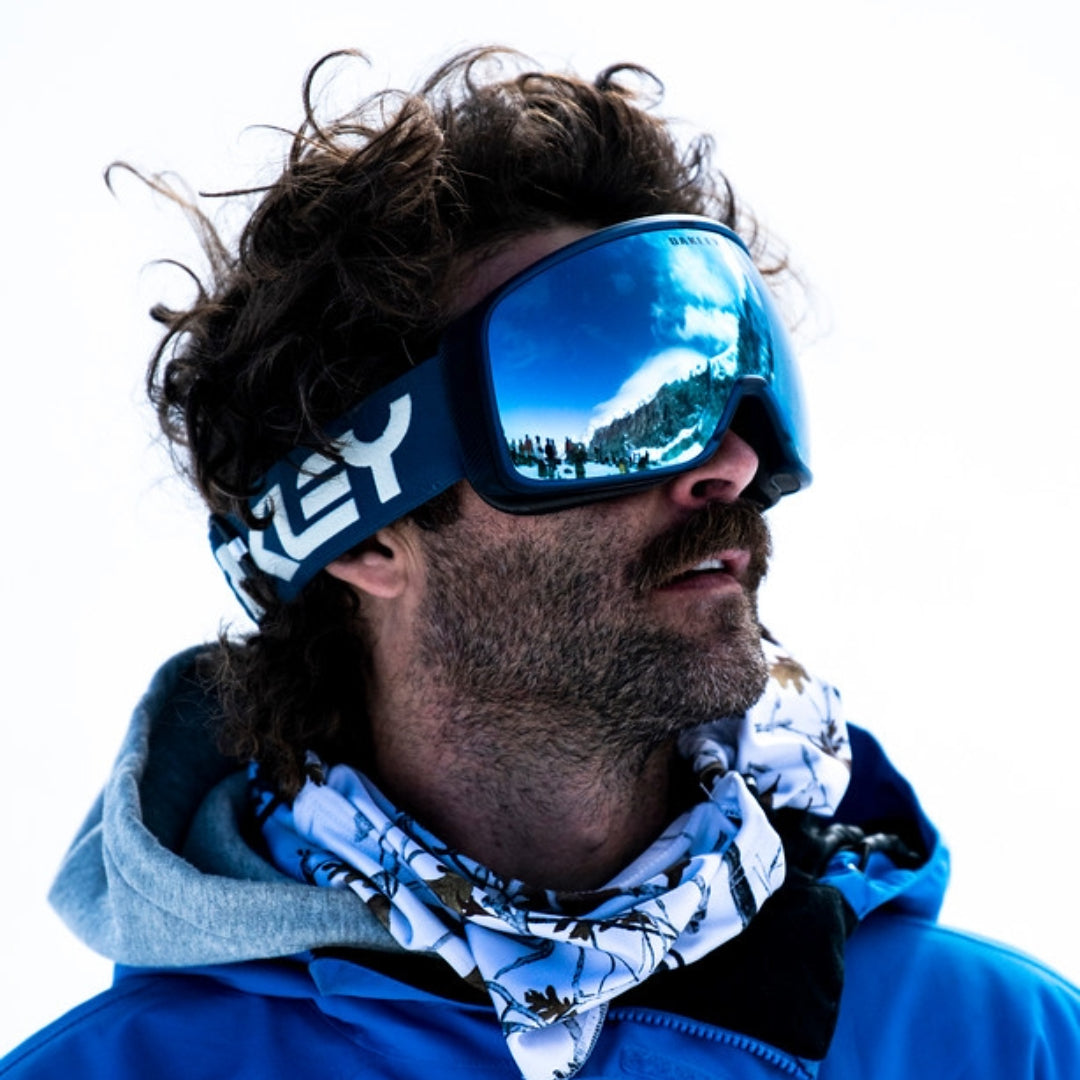
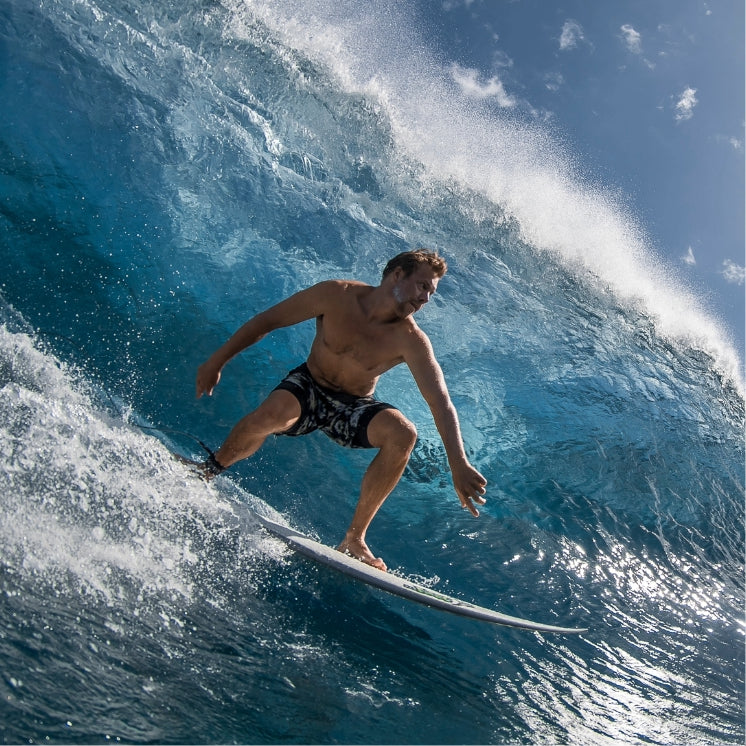
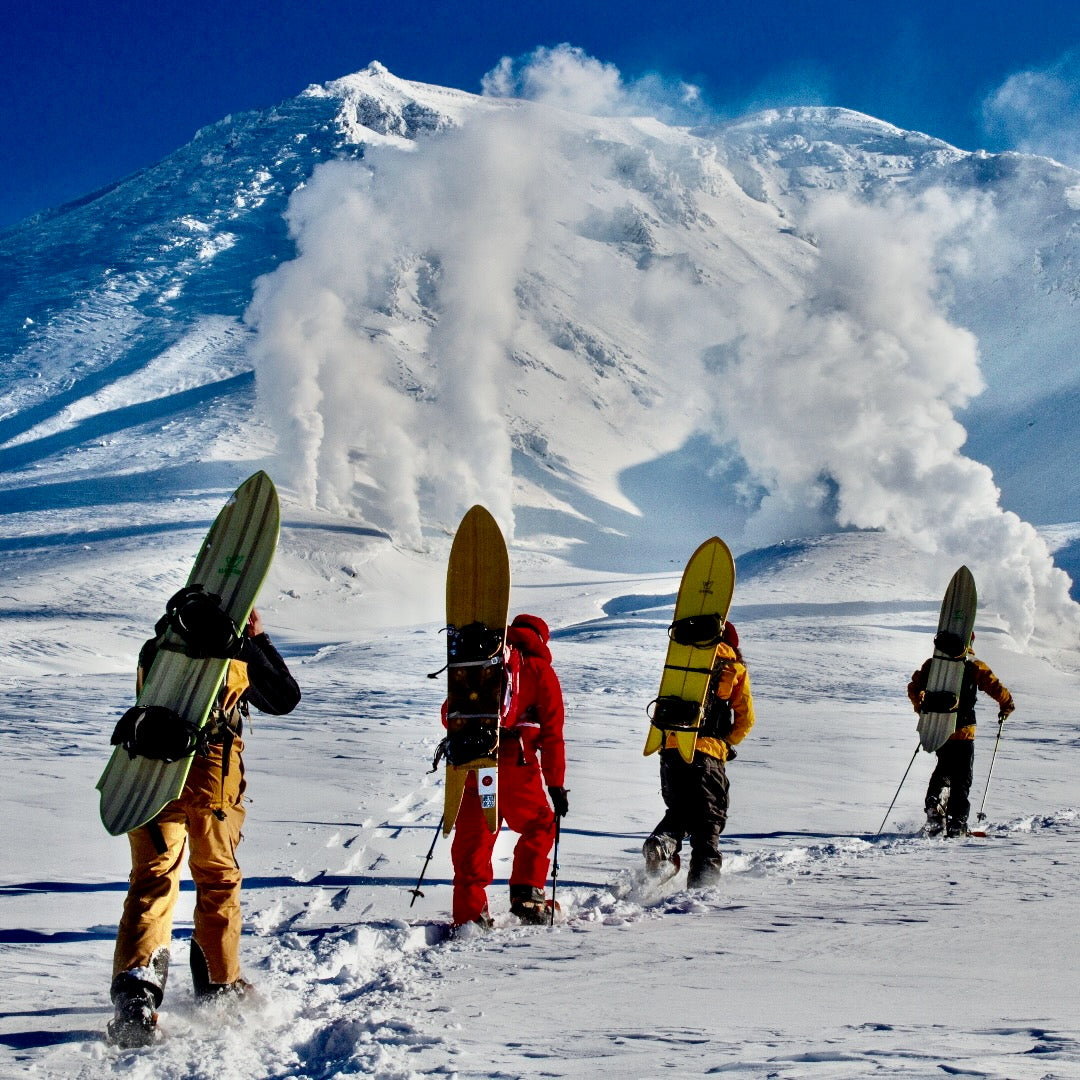

Leave a comment
This site is protected by hCaptcha and the hCaptcha Privacy Policy and Terms of Service apply.